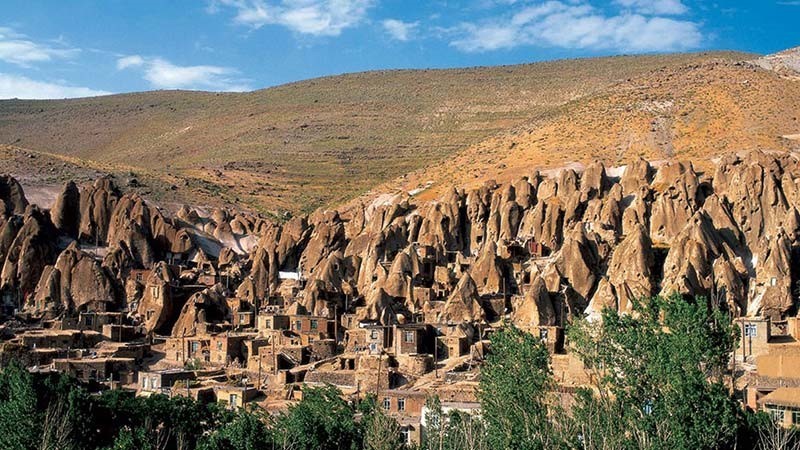
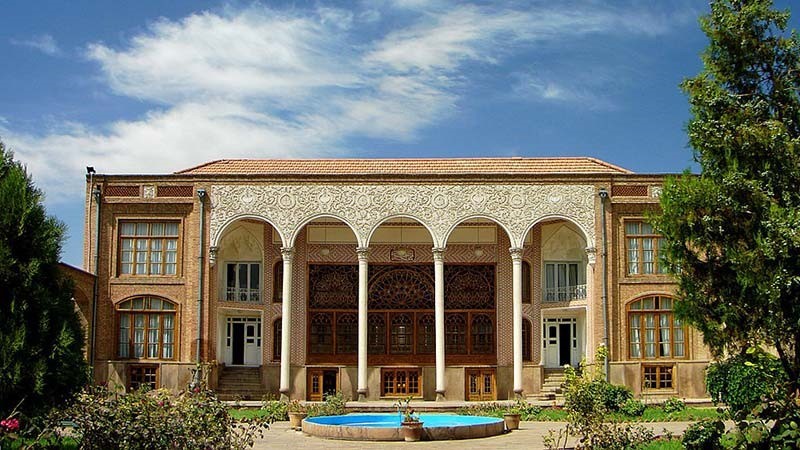
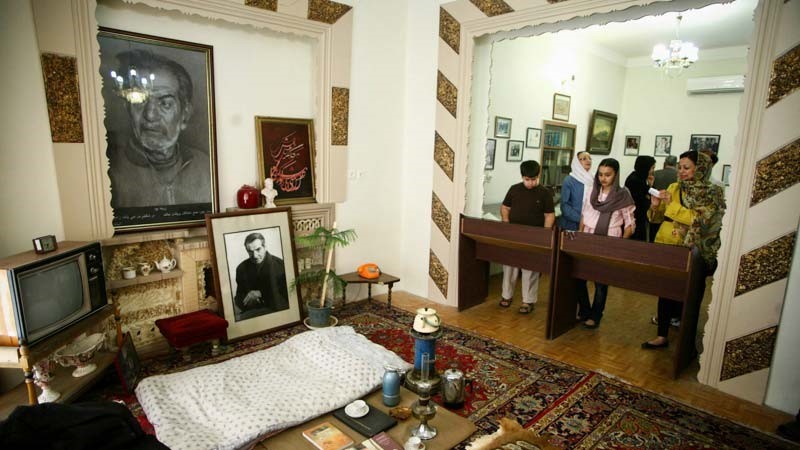
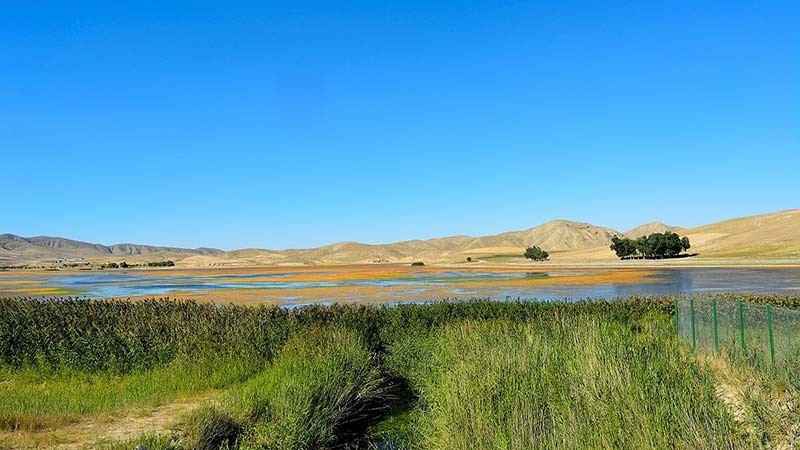
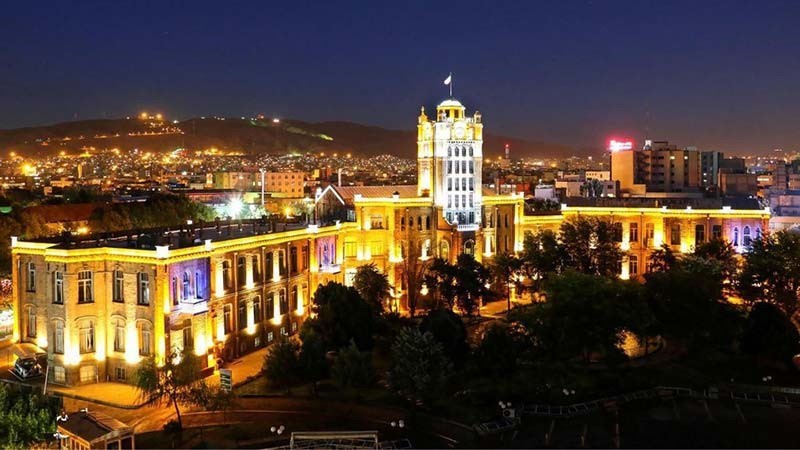
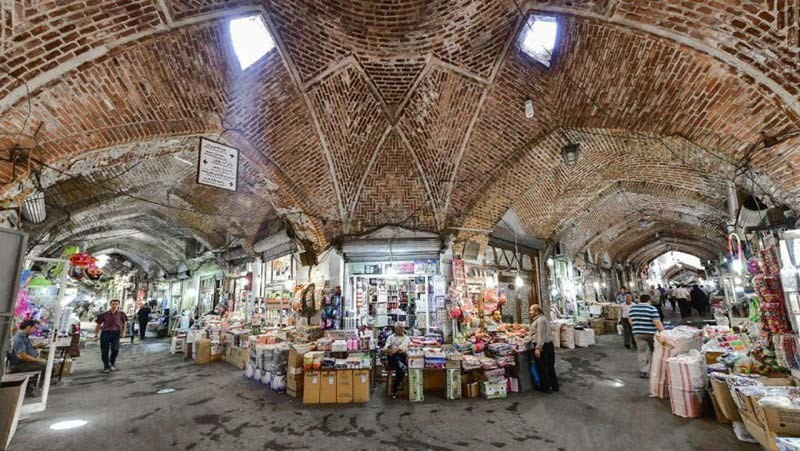
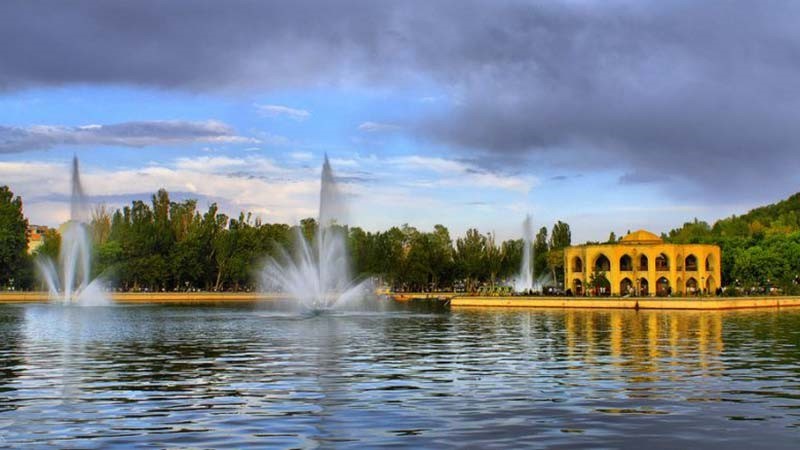
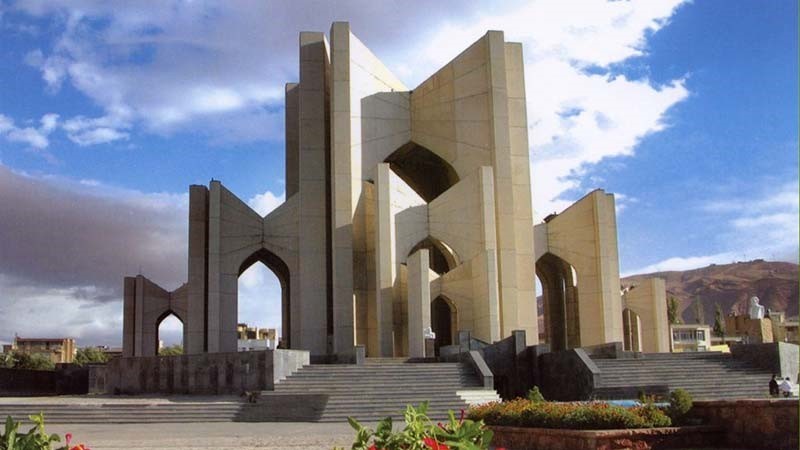
Tabriz City
Situated at northwest of Iran, Tabriz, the provincial capital of East Azarbaijan is in a valley to the north of Mount Sahand. The valley opens out into a plain that slopes down gently to the northern end of Lake Orumieh.
With a very rich history about 4500 years ago as a land of knowledge and the cradle of civilization in the ancient Iran, Tabriz used to house many historical monuments that many of them were destroyed in invasions, negligence of the ruling governments, as well natural disasters such as earthquakes and floods.
What remains now mostly dates back to the Illkhanid, Safavid, and Qajar eras. Some of these monuments are unique masterpieces of architecture. The Quri Chai River runs through Tabriz, and most places of interest to the visitor are to the south of this river. The river and streams join the Orumieh Lake after passing through the valleys between the Sorkhband and Yekkeh Chin mountains north of Tabriz and Osku district.
By virtue of its situation, Tabriz has an agreeable summer climate but freezing in the winter, making summer as the best time to visit the city. The greatest boost to Tabriz came with the opening up of Persia to the West at the turn of this century, when it became the main staging post between the interior of Iran and the Black Sea and, for a short time, the economic capital. In 2011, the city was recognized by the United Nations as the most beautiful and developed city in Iran for its modern buildings and nice nature.
Traveling to Tabriz means traveling to the history. By visiting the historical monuments such as Kabod Mosque, constitutional house, one can have a glimpse of history such as the historical Ael Goli resort which is a must-see place.
The Nobar old bathhouse of the city, now a famous traditional restaurant provides pleasant moments along with delicious foods in a calm atmosphere. Leather products, carpet and special handicrafts are of the souvenirs of the city.
With a very rich history about 4500 years ago as a land of knowledge and the cradle of civilization in the ancient Iran, Tabriz used to house many historical monuments that many of them were destroyed in invasions, negligence of the ruling governments, as well natural disasters such as earthquakes and floods.
What remains now mostly dates back to the Illkhanid, Safavid, and Qajar eras. Some of these monuments are unique masterpieces of architecture. The Quri Chai River runs through Tabriz, and most places of interest to the visitor are to the south of this river. The river and streams join the Orumieh Lake after passing through the valleys between the Sorkhband and Yekkeh Chin mountains north of Tabriz and Osku district.
By virtue of its situation, Tabriz has an agreeable summer climate but freezing in the winter, making summer as the best time to visit the city. The greatest boost to Tabriz came with the opening up of Persia to the West at the turn of this century, when it became the main staging post between the interior of Iran and the Black Sea and, for a short time, the economic capital. In 2011, the city was recognized by the United Nations as the most beautiful and developed city in Iran for its modern buildings and nice nature.
Traveling to Tabriz means traveling to the history. By visiting the historical monuments such as Kabod Mosque, constitutional house, one can have a glimpse of history such as the historical Ael Goli resort which is a must-see place.
The Nobar old bathhouse of the city, now a famous traditional restaurant provides pleasant moments along with delicious foods in a calm atmosphere. Leather products, carpet and special handicrafts are of the souvenirs of the city.
هتل های شهر Tabriz
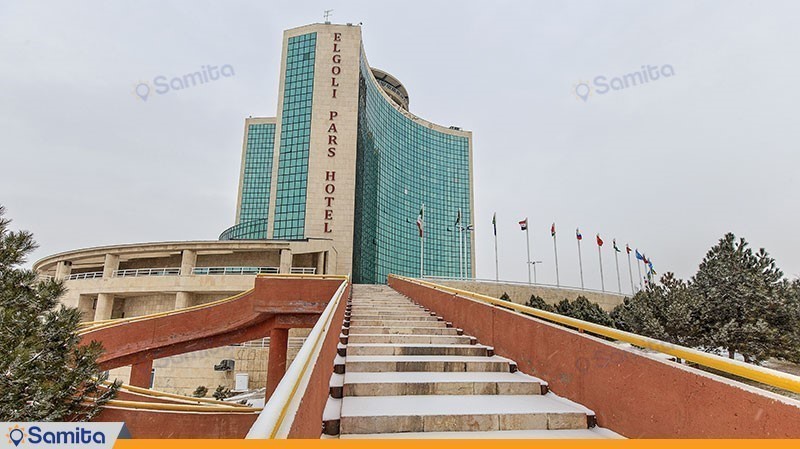
Discount16%
Hotel Pars Ael Goli Tabriz
5 Star
Price from:
33.54 $
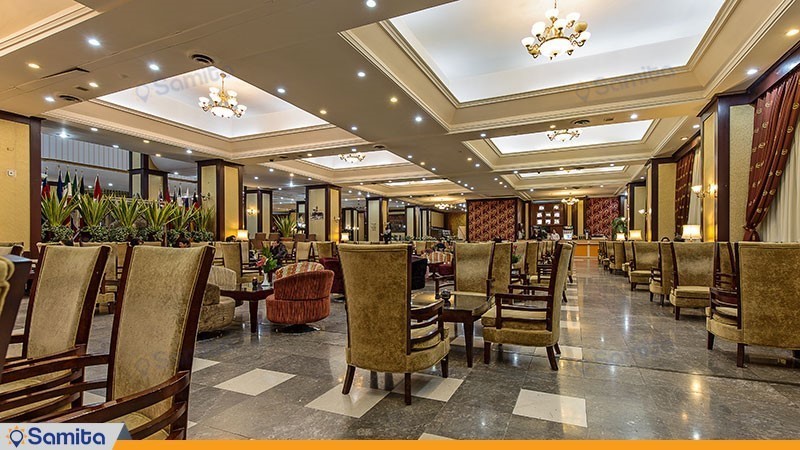
Discount46%
Hotel Shahriyar International Tabriz
5 Star
Price from:
27.98 $
